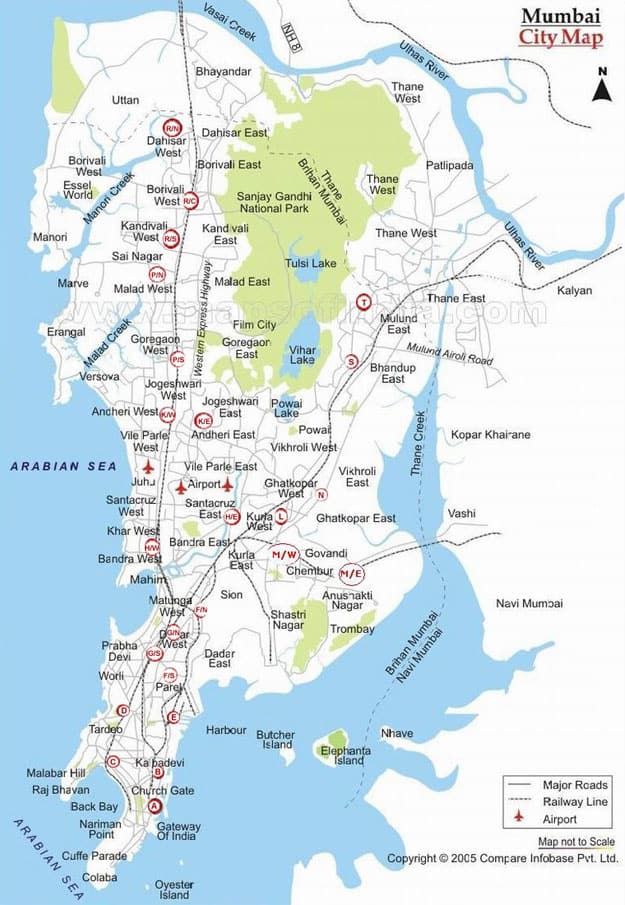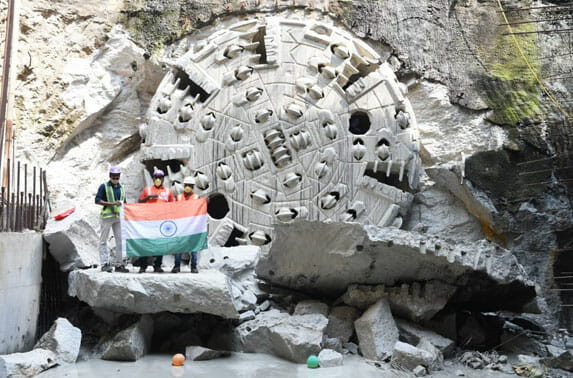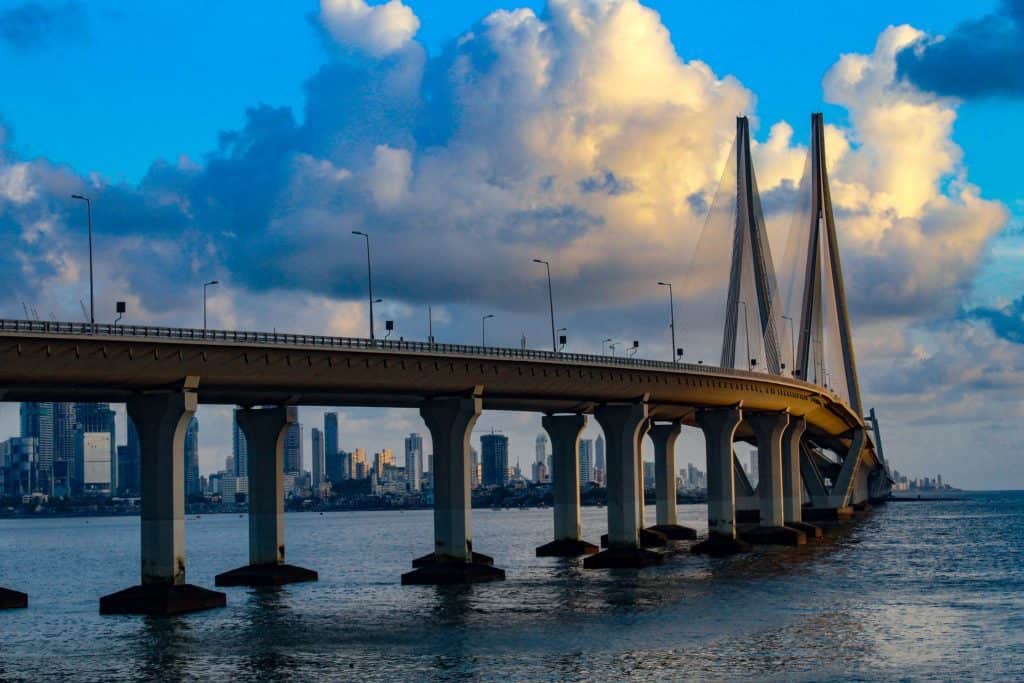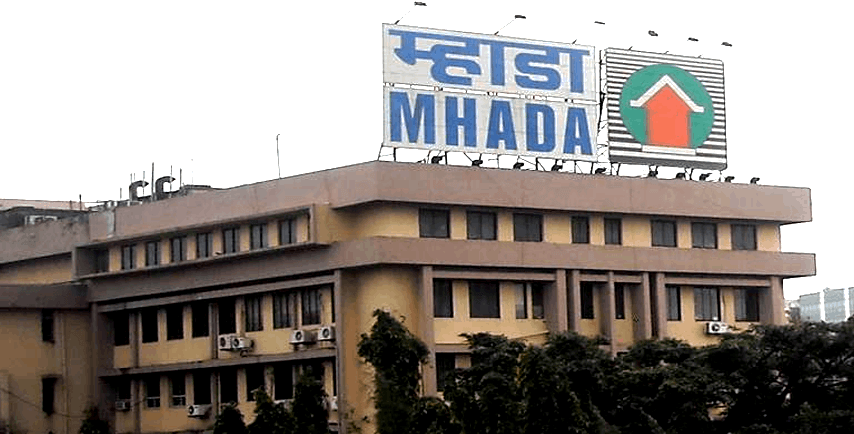The Mumbai civic body – Municipal Corporation of Greater Mumbai (MCGM) also known as Brihanmumbai Municipal Corporation (BMC) provides municipal services to the city. Divided into 24 administrative wards, it is headed by the Mayor, who is the city’s first citizen and the ceremonial head; and the Municipal Commissioner, who works as the chief executive authority.
While the 24 wards are decentralized for the convenience of the city’s administration, each ward has its own ward office and ward officers (Assistant Municipal Commissioners).
Presently, Mrs. Kishori Pednekar is the Mayor and Iqbal Singh Chahal, a 1989-batch IAS officer is the Municipal Commissioner in the city.
The MCGM website provides detailed information about the municipal services, various departments, functionaries, and the 24 administrative wards functioning in the city. The website also provides information on the contact numbers and right to information (RTI) related details for the citizens to raise their concerns.

Aiming to address local issues with the help of the citizens, the MCGM started Advanced Locality Management (ALM) and resident associations in Mumbai. These small local resident groups in different areas of each ward raise the local civic problems and help local ward offices address and resolve the complaints at the earliest.
Resident associations and ALMs work as a convenient ‘Point of Contact’ for the citizens while the MCGM deals with problems mainly related to Solid Waste Management, Disaster Management and other civic issues.
The BMC had listed over 700 ALMs since late 1990s. But due to non-functioning, many ALMs were deregistered by the BMC. Few of the ALM are still functioning in various parts of the city. Besides this, resident associations, citizens action groups, citizens welfare groups get involved with the city governance and initiate civic-citizen partnerships to ensure good governance.

Along with the BMC, there are several agencies in the city that look after the city’s upgradation in terms of meeting the infrastructure needs to its housing needs.
Involvement of State and Central Government
While urban development is an important part of the city development, other government agencies/authorities which work under the state and central government also have authority to govern the city. The housing and transport department of the city comes under the control of the state government, and the central government’s defense department looks after defense lands in Mumbai.
Other agencies and their roles:
Mumbai Metropolitan Region Development Authority (MMRDA)
The Mumbai Metropolitan Region Development Authority (MMRDA) was established in accordance with the Mumbai Metropolitan Development Act, 1974, on 26th January, 1975. The MMRDA since its inception is involved in the planning and promotion of new growth centres in the form of business development districts, implementation of key infrastructure projects in the city of Mumbai and its satellite cities.

This includes Mumbai Metro projects and the Mumbai Monorail project. Until a few years ago, the MMRDA was also known as a cash-rich body sitting on over Rs 17,000 crore of fixed deposits. The MMRDA prepares plans, formulates policies and programs, implements projects, and helps in directing investments in the Mumbai Metropolitan Region (MMR).

According to its website, the MMRDA’s role is preparation of regional development plans, providing financial assistance for significant regional projects, providing help to local authorities and their infrastructure projects, coordinating and execution of projects and/or schemes in MMR, Restricting any activity that could adversely affect appropriate development of MMR, etc.
Another corporation born out of MMRDA is the Mumbai Metro Rail Corporation Limited (MMRCL)
The MMRCL is the sole executing agency for the city’s first underground Metro corridor between Colaba and Seepz in the western suburbs. It is also known as the Metro-3 underground corridor.

The MMRCL was specifically created for construction of Metro-3 considering the challenges involved for the same. The MMRCL is a joint venture corporation between the state government and central government wherein both hold 50:50 equity.
Maharashtra State Road Development Corporation (MSRDC)
The MSRDC is a corporation established and fully owned by the Government of Maharashtra through a resolution on 9th July, 1996 and has been incorporated as a limited company under the Companies Act 1956 on 2nd August 1996. It mainly is involved in the construction of road projects, flyover projects in lieu of which it has the toll collection rights and works under construction which vested with the State Government and was under the control of the Public Works Department (PWD).
The MSRDC was conceptualised to take some burden off the PWD. While PWD maintains several state highways and several roads in the city, the MSRDC was created in order to have its own identity for the state. It has constructed several flyovers in the city for which it collects toll at the five entry points of the city.

Additionally, the MSRDC has also constructed India’s first sea link between Bandra and Worli and is currently constructing a sea link between Bandra and Versova.
Brihanmumbai Electricity Supply and Transport (BEST)
The Brihanmumbai Electricity Supply and Transport (BEST) is a civic transport and electricity provider public body based in Mumbai. It was originally set up in 1873 as a tramway company called “Bombay Tramway Company Limited.” The BEST deals with electricity supply in the island city and also operates thousands of buses in the city in which around two million passengers travel daily.

Along with it, in earlier days, the BEST also used to run ferry services but it stopped it later.
Another government body that looks after electricity distribution in the city’s suburbs partially is Maharashtra State Electricity Board (MSEB).
Mumbai Port Trust:
The water transport network in the city is not vast, however, the city has a port trust that handles and manages the water transport traffic in the city. The Port Trust handles the cruise and containers traffic and also regulates the ferry transport in the city. Additionally, the Maharashtra Maritime Board also looks after water transportation in the city.
Maharashtra Housing and Area Development Authority (MHADA)
The Maharashtra Housing & Area Development Authority (MHADA) was established by the Maharashtra Housing and Area Development Act, 1976.

The basic role of the authority is to construct affordable houses in the state along with the city for the masses. Along with houses, the MHADA has also constructed shops at affordable rates. The MHADA conducts its annual lottery wherein lakhs of citizens apply for getting allocated affordable homes. The MHADA is also the sole authority for the construction of homes under Pradhan Mantri Awas Yojana (PMAY) that was conceptualised as affordable houses for all by 2022.
Slum Rehabilitation Authority (SRA)

The Slum Rehabilitation Act 1995 was passed by the Maharashtra government to protect the rights of slum dwellers and promote the development of slum areas. The Act protected from eviction, anyone who could produce a document proving they lived in the city of Mumbai before January 1995 (now 2000), regardless if they lived on the swamp or other kinds of marshland. In lieu of showing their eligibility, the developer is given additional rights to construct and sell flats in the open market by taking up slum projects for redevelopment, and the slum dwellers are also given a 300 sq ft home in the rehabilitation component of the project.
This explainer is part of a series on ‘Explainers and Information Resources for Mumbaikars’ supported by a grant from the A.T.E. Chandra Foundation.